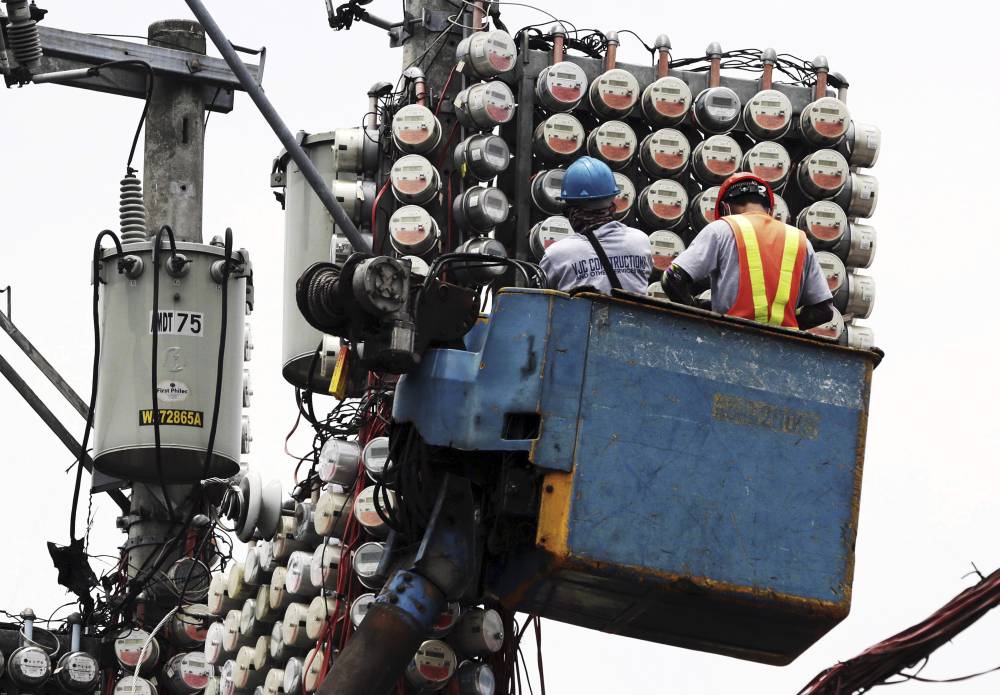Electricity cheaper in cool January

Lower demand amid cooler weather conditions pulled down electricity spot market prices by 14.3 percent in January, according to the Independent Electricity Market Operator of the Philippines (Iemop).
In a report, the Iemop said the average systemwide price stood at P2.96 per kilowatt-hour (kWh) last month from P3.45 per kWh recorded in December 2024.
Average demand declined by 5.6 percent to 12,529 megawatts (MW) in January while supply dipped by 0.2 percent to 20,110 MW.
The average system margin of 7,581 MW, which increased by 10.26 percent from the previous billing period, translated to lower Wholesale Electricity Spot Market (WESM) prices.
Iemop is the operator of WESM, the central marketplace for trading electricity as a commodity. This is where generators can sell excess power while distribution utilities can purchase additional power, if necessary.
Lower demand
All regions—Luzon, Visayas and Mindanao—posted declines in electricity demand during the reference period, based on the Iemop’s reading. This is usually the trend every January because of the cooler weather.
In Luzon, the largest island, demand went down by 6.4 percent to 8,741 MW even as average supply dropped by 1.6 percent to 13,962 MW.
As a result, WESM prices in Luzon fell by 8.5 percent to P2.98 per kWh.
In the Visayas, demand decreased by 4.4 percent to 1,856 MW, while electricity supply fell by 4.5 percent to 2,372 MW.
In the end, spot market prices in this region dropped by 19.1 percent to P3.13 per kWh.
Supply inched up by 8.7 percent to 3,775 MW in Mindanao while demand fell by 2.9 percent to 1,931 MW. Mindanao WESM prices totaled P2.65 per kWh, a reduction of 31.9 percent.
Energy mix
Amid reduced demand, overall energy generation declined by 2.75 percent to 8,991 gigawatt hours in January.
Coal remained the leading source of electricity in the country, yet its share in the energy mix slumped to 55 percent in January from 58.87 percent a month ago while natural gas accounted for 17 percent.
Among renewable energy sources, hydro generation slightly rebounded in January while geothermal energy’s contribution was stable at around 8 to 9 percent of the total.
“Wind and solar energy showed minimal changes, with wind generation slightly decreased and solar generation slightly increasing in January 2025,” the market operator said.





















